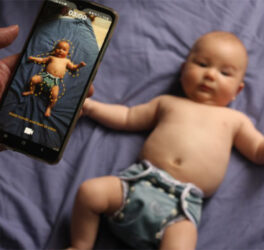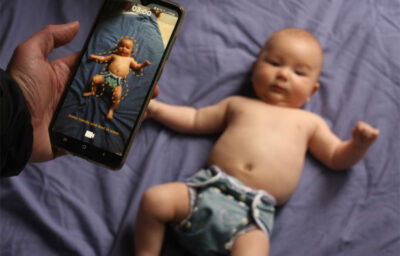
Researchers at Columbia University’s medical and engineering schools are developing 3D-printed micro-needles that may safely deliver drugs to the largely inaccessible inner ear, ASHA Leader magazine reports.
Because of the ear’s anatomy, delivering drugs—including promising gene therapies and other drugs for hearing disability – to the inner ear is challenging. The inner ear is almost completely surrounded by bone, and is shielded from substances in nearby blood vessels by a barrier similar to the blood-brain barrier. 3D-printed micro needles that pierce a tiny membrane separating the inner and middle ear may be one answer. The micro-needle shaft is as thick as a human hair, with a tip that has a radius less than 1% of that dimension.
This ultra sharp tip causes minimal damage because it pushes aside—rather than cuts—the membrane’s structural fibres trials, drugs delivered through a single perforation to guinea pig ear membranes quickly diffused into the inner ear. Perforations begin to heal within 24–48 hours, with complete closure by one week, and hearing returns to normal within a day.The micro-needles also can create precise perforations in thicker human membranes without traveling too far into the inner ear and damaging intracochlear structures.
The researchers’ next step—hollow micro-needles—will explore the use of micro needles for direct injection of therapies.








